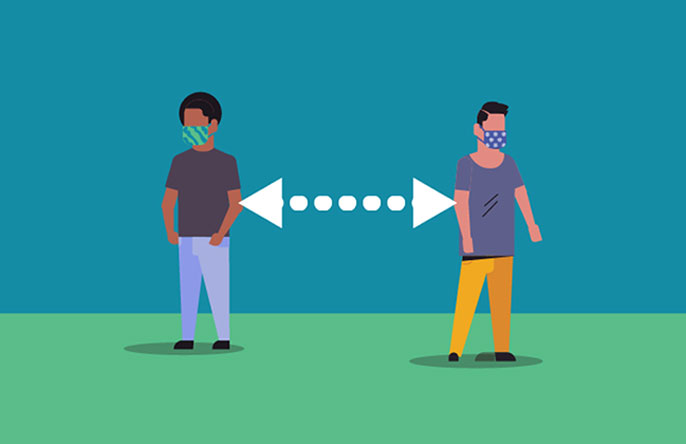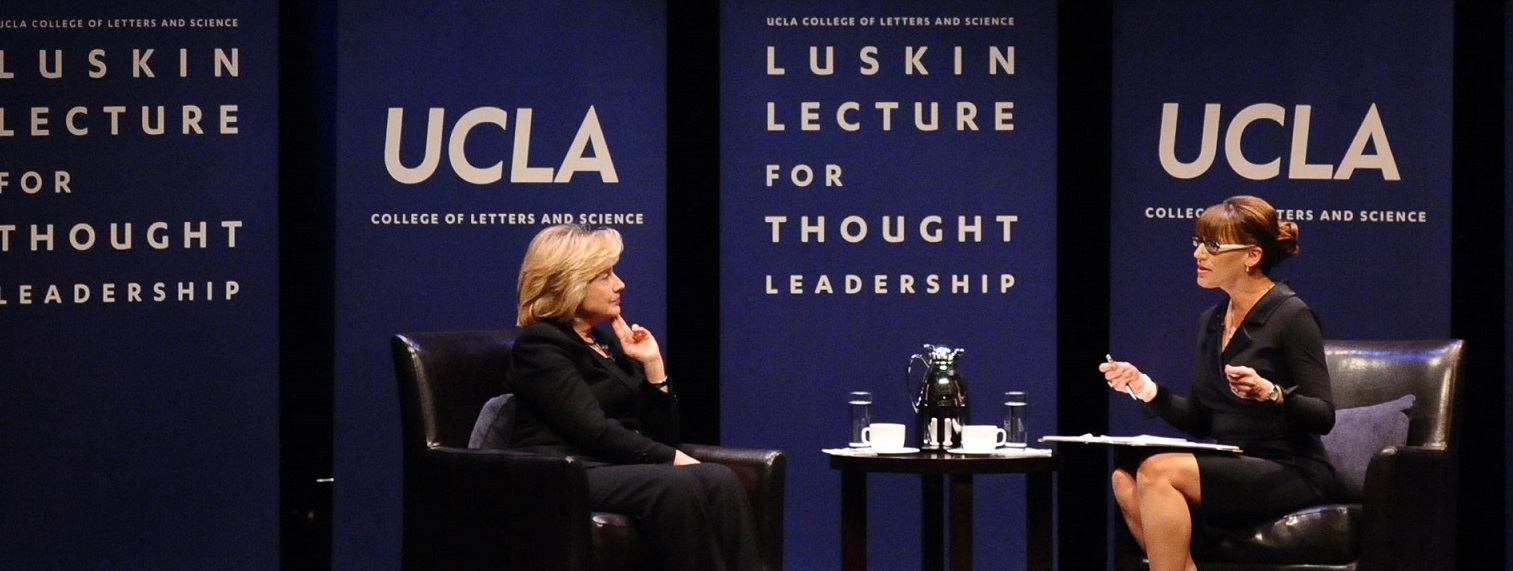In an era of fake news, it’s important to find the facts. This can become more complicated when there are misunderstandings about terminology (“airborne” vs “droplet-borne”) or when research is still ongoing.
在这个充斥着假新闻的时代,发现事实很重要。当术语出现误解时(“空气传播”和“水滴传播”)或者研究仍在进行时,情况就会变得更加复杂。

A team of two dozen UCSF medical students and a designer created a website, COVID-19 Fact Check, which busts myths about COVID-19 with clear and illustrated examples.
一个由24名加州大学旧金山分校医学院学生和一名设计师组成的团队创建了一个名为COVID-19 Fact Check的网站,该网站用清晰的例子打破了关于COVID-19的谣言。
Some questions answered are “Will wearing gloves protect me?” and “Does eating garlic prevent COVID-19?”
回答“戴手套能保护我吗?”和“吃大蒜能预防COVID-19吗?”这类问题。
The site focuses on giving medically-sound advice in a concise and uncluttered format. Unlike other projects, the website is available in six languages in addition to English, including Arabic, Chinese, Korean, Punjabi, Spanish and Vietnamese.
该网站专注于以简洁、整洁的格式提供健康的医疗建议。与其他项目不同,该网站除英语外,还有六种语言,包括阿拉伯语、汉语、韩语、旁遮普语、西班牙语和越南语。
We corresponded with three of the medical students about their experiences setting up the project.
我们与三位医科学生通了信,讲述了他们建立这个项目的经历。
How did the project get started?
项目是如何开始的?
Hallen Pham (fourth-year medical student): As medical students, we are extremely concerned about how misinformation about COVID-19 can be harmful and fear-inducing. Many of our team members have already been volunteering to create educational material for the public in multiple languages.
Hallen Pham(大四医学生):作为医学生,我们非常担心COVID-19的错误信息会有害民众,诱导恐惧。我们团队的许多成员已经自愿用多种语言为公众创作教育材料。
I knew we had the ability to synthesize the information but we want to deliver our information in a way that is simple, visually appealing and easy-to-share with others.
我知道我们有综合信息的能力,但我们希望以一种简单、视觉上吸引人、易于与他人分享的方式传递我们的信息。
Luckily, my partner Shawn Park is a web engineer who was eager to help. Our vision was able to come true because of the hardworking and passionate members on the team. We now have a diverse team of health and pre-health profession students and postdocs from multiple institutions.
幸运的是,我的合作伙伴Shawn Park是一位热心帮助我的网络工程师。我们的愿景能够实现,是因为团队成员的努力和热情。我们现在有一个多元化的团队,由来自多个机构的健康专业的学生和博士后组成。
Where do you think misinformation about COVID-19 comes from, and how do you feel about its use in this pandemic?
您认为关于COVID-19的错误信息从何而来,您如何看待它在本次大流行中的影响?
Fiona Ng (fourth-year medical student): We were introduced to many of these misinformation through our parents' social media platforms (Facebook, Twitter, WhatsApp or WeChat). Many of these myths are widely shared among the communities through chat groups that our parents are a part of.
Fiona Ng(四年级医学生):我们通过父母的社交媒体平台(Facebook、Twitter、WhatsApp或微信)了解到很多这样的错误信息。在我们的父母所在的聊天群里,许多这样的谣言在社区里广为流传。
While a lot of the information being shared on social media is very informative, there is also a lot of misinformation. Given that there were and still continues to be a lot that we don't know about COVID-19, it can be difficult for folks in the community to differentiate between facts and myths.
虽然社交媒体上分享的信息量很大,但也有很多错误信息。鉴于我们过去和现在仍然很多不了解COVID-19,社区居民可能很难区分事实和谣言。
I think that when faced with the unknown, it is normal for us to gravitate towards anything that gives us hope.
我认为,当面对未知的时候,我们会被任何给我们希望的东西所吸引,这是很正常的。
While credible resources, such as scientific journals, are great reliable sources for learning about COVID-19, it is often difficult for communities to access their information due to scientific lingo and language barriers. Furthermore, when myths are written in one's preferred language or incorporates cultural practices that are familiar to us, it makes sense why folks may find comfort in the myths.
虽然可靠的资源,如科学期刊,是了解COVID-19的重要可靠来源,但由于科学术语和语言障碍,社区通常很难获得其信息。此外,当谣言以人们喜欢的语言写成,或者融入我们所熟悉的文化环境时,人们就在谣言中找到了安慰。
Therefore, we decided it was important to try and bridge that gap between scientific language and our communities. Still, we know one size does not fit all.
因此,我们认为尝试弥合科学语言和我们的社区之间的鸿沟是很重要的。尽管如此,我们知道一种模式并不适合所有人。
What was the motivation for translating into different languages?
将其翻译成不同语言的动机是什么?
Anuvir Singh (fourth-year medical student): Most of the team members grew up in households where English was not the primary language. Our main motivation to translate into different languages has roots in our own stories.
Anuvir Singh(四年级医学生):大多数团队成员在英语不是主要语言的家庭长大。我们翻译成不同语言的主要动机源于我们自身情况。
For many of our communities, critical COVID-19 information in their native languages is either unavailable, distorted or released too late. This creates fear and becomes potentially harmful.
对于我们的许多社区来说,以其母语发布的COVID-19关键信息要么不可用,要么被歪曲,要么发布得太晚。这就产生了恐惧,并成为潜在的危害。
We wanted to address the concerns of our communities by dispensing credible information in their native language, which is easily digestible and shareable.
我们希望通过发布以当地语言的可信信息来解决我们社区的担忧,这些信息易于理解和分享。
For certain communities, including the Punjabi speaking community, COVID-19 Fact Check might be the only credible source of information that is clear and consistent. Through our multilingual website, we hope to reach a larger audience and create a common understanding regarding myths and facts about coronavirus so that we can better fight against this pandemic.
对于某些社区,包括说旁遮普语的社区,COVID-19事实核查可能是明确和一致的唯一可信信息来源。通过我们的多语种网站,我们希望能够接触到更多的受众,就有关冠状病毒的谣言和事实达成共识,从而更好地抗击疫情。




